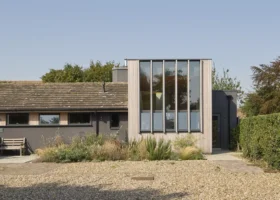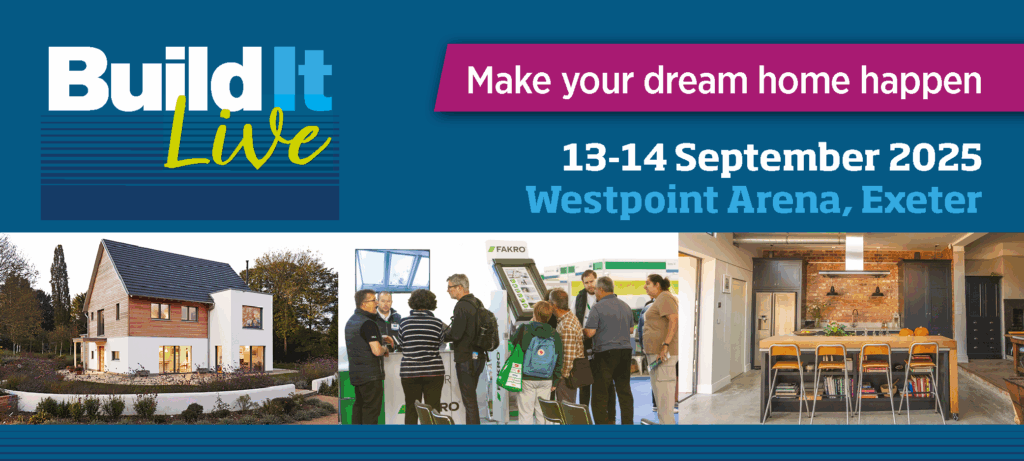
Let us help at Build It Live
Claim your two free tickets here!
Let us help at Build It Live
Claim your two free tickets here!Developing your dream home’s design is one of the most enjoyable (and less stressful) stages of your building project. To get a first-class result that makes the most out of your budget, you may well want to collaborate with an architect. Even for a modest extension, there are hundreds of design decisions to be made, let alone for a whole house.
Luckily, many of the minor choices and more technical stuff can be safely left to the designer. Your job as captain of the ship is to steer the architectural plans in the right direction and keep it on course throughout the journey. Here are a few golden rules to help you and your team along the way.
Firstly, you need to decide what type of architect you need. Assuming that you are selecting from a list of competent professionals, you will find that there are big differences in the level and quality of service offered. Some – often the cheaper, less qualified ones – will have a brief discussion with you, then go away, speedily draw up a scheme and present it to you a few weeks later expecting to be paid on the nail, with maybe a few very minor amendments.
You should not engage this type of designer unless you already have your own very well worked out plans and just need someone to draw them up. In which case you won’t have to read the rest of this article.
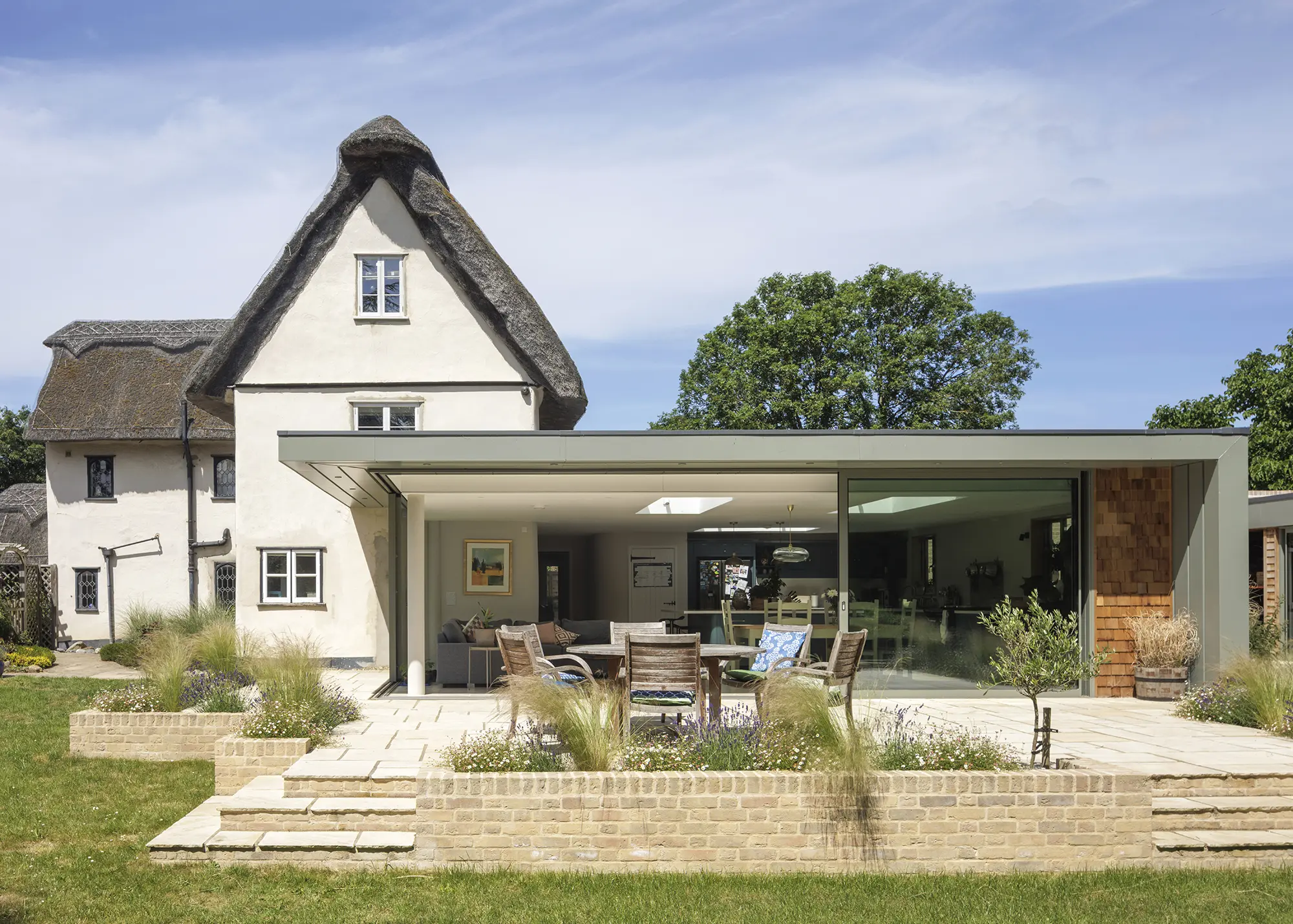
Snell David Architects completely opened up this grade II listed, oak frame thatched property. The owners wanted a large kitchen-diner zone that would provide exciting and functional spaces for entertaining, whilst remaining sensitive to the home’s heritage charm. Photo: Matthew Smith
What most people need is someone who will take the time to understand your particular needs and blend your ideas with their own, making suggestions that you may not have considered. As well as being good at the creative side, it is also important that they understand how to build what they draw – which is usually the case if they are qualified technologists or architects.
The communication process starts before you’ve made the appointment. Obviously, you need to be reasonably sure that your personalities and ways of working will match, but there are some specific personality traits to look for. Do they seem to be listening to what you are saying? A few designers can be quite bad at this, especially if they are very skilled but have not worked much with private clients.
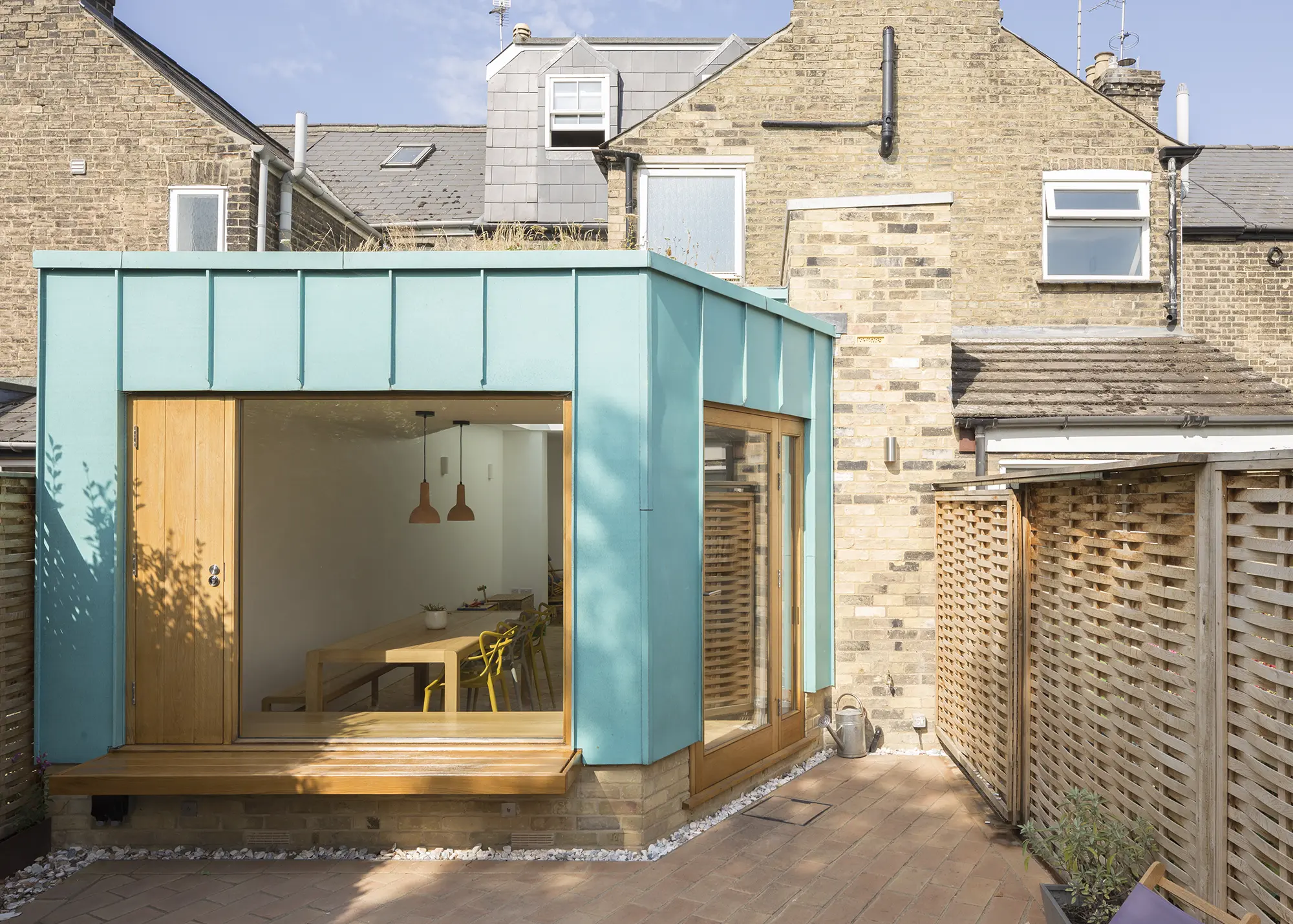
Butcher Bayley Architects designed this bold, copper-clad extension to reflect the young, modern family’s personality. Details such as the handmade terracotta tiles were inspired by the owner’s childhood in Italy. Photo: Matthew Smith
They may well be too busy thinking of their own ideas and are less interested in what you might want. A clue is when they quote their fee. Is it just a generalised percentage or hourly rate, with their standard terms and conditions attached? Or do they take the trouble to record their understanding of your outline brief? If they are good communicators, they will clearly set out their fees and a timescale for their work, and explain some of the more important standard terms and conditions in plain English.
Once they’re on board you need to agree a detailed brief. It doesn’t have to be exhaustive or even final, but it must cover those aspects of the house design that are most important to you. The architect can then take this and add their own questions and suggestions to it. The brief should be seen as a document that evolves with the scheme and should be modified as new ideas are introduced, and old ones are ruled out as impractical.
It should encompass more than just a list of rooms. With a bit of work it can include approximate dimensions, likely furniture needed and other details. Once you agree the common ground, the architect is well place to start on the initial sketches.
What questions will your architect ask you?There are some typical questions a good architect will want answered before they start any design work. It’s a sensible idea to have some answers prepared for your first consultation to make sure the whole team is working towards the same goals.
|
If you are one of a couple, or part of a bigger family, nominate one person to act as point of contact. This is helpful if you are quite busy and will not always be able to speak to the architect together. The designer should do the same if there is more than one person working on their team, and they should be in regular contact with you. If they are unavoidably busy on another project that has reached a crucial stage, or going off on holiday, they should warn you that they might be out of contact for a week or two, especially if the programme is slipping.
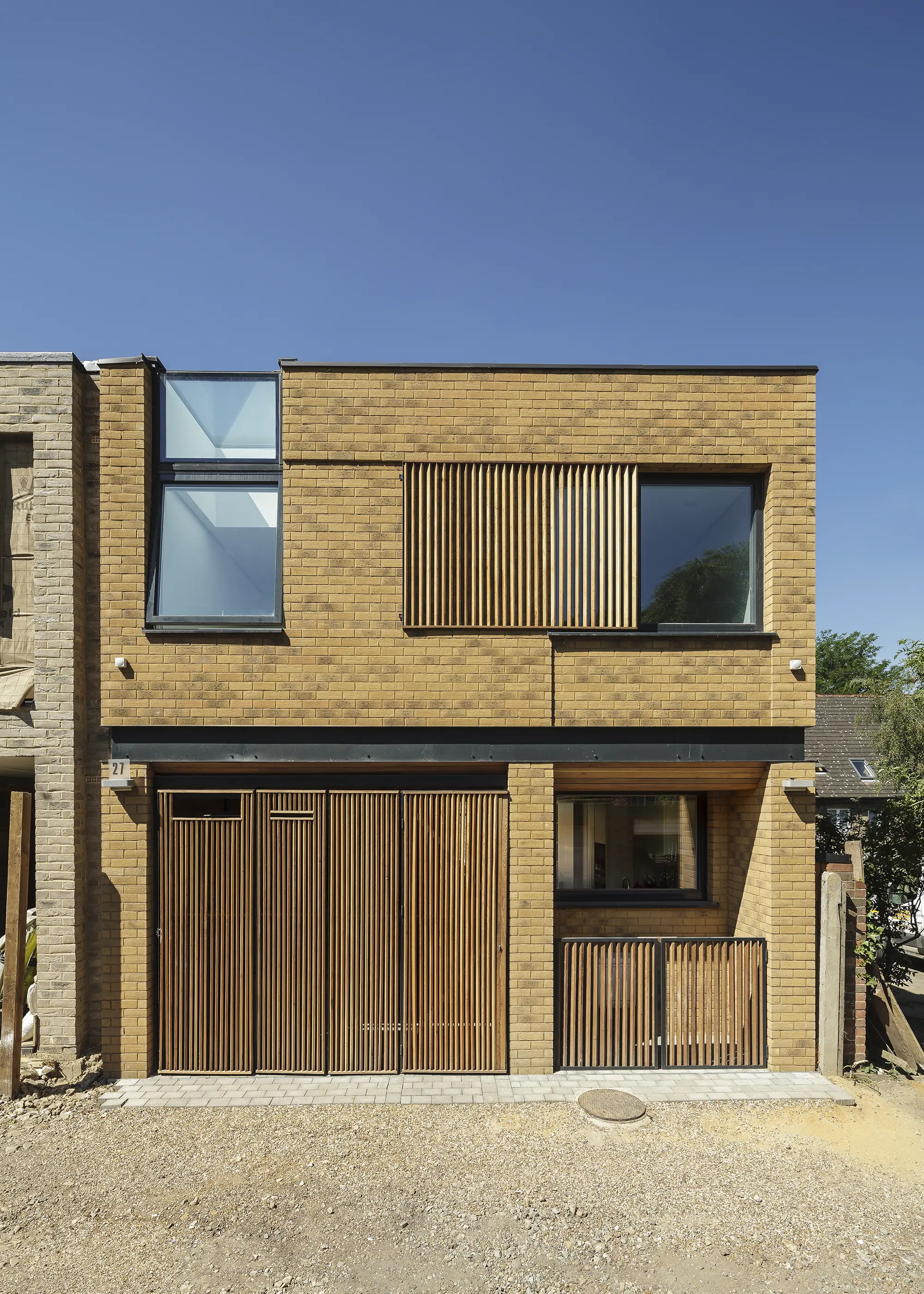
RDA Architects helped make their clients dream a reality by creating a Passivhaus home from a budget of only £250,000. After discussing their build options, the team chose a SIP’s structure to create a highly-airtight thermal envelope and added a mechanical ventilation and heat recovery system to create a fresh, healthy interior
You should also agree some ground rules to help communications run smoothly. Aspects of the design where there may be a difference of opinion must be discussed respectfully, but you should always be able to have the final say when to move on. They should keep you informed of what they are up to and copy you into all emails exchanged with other interested parties, such as planners.
Crucially, the architect should always discuss any major changes that they are considering making to the design before they make them, especially if they conflict with the current brief. This avoids their time being wasted on a red herring and keeps you in control of what they are doing to achieve your design goals.
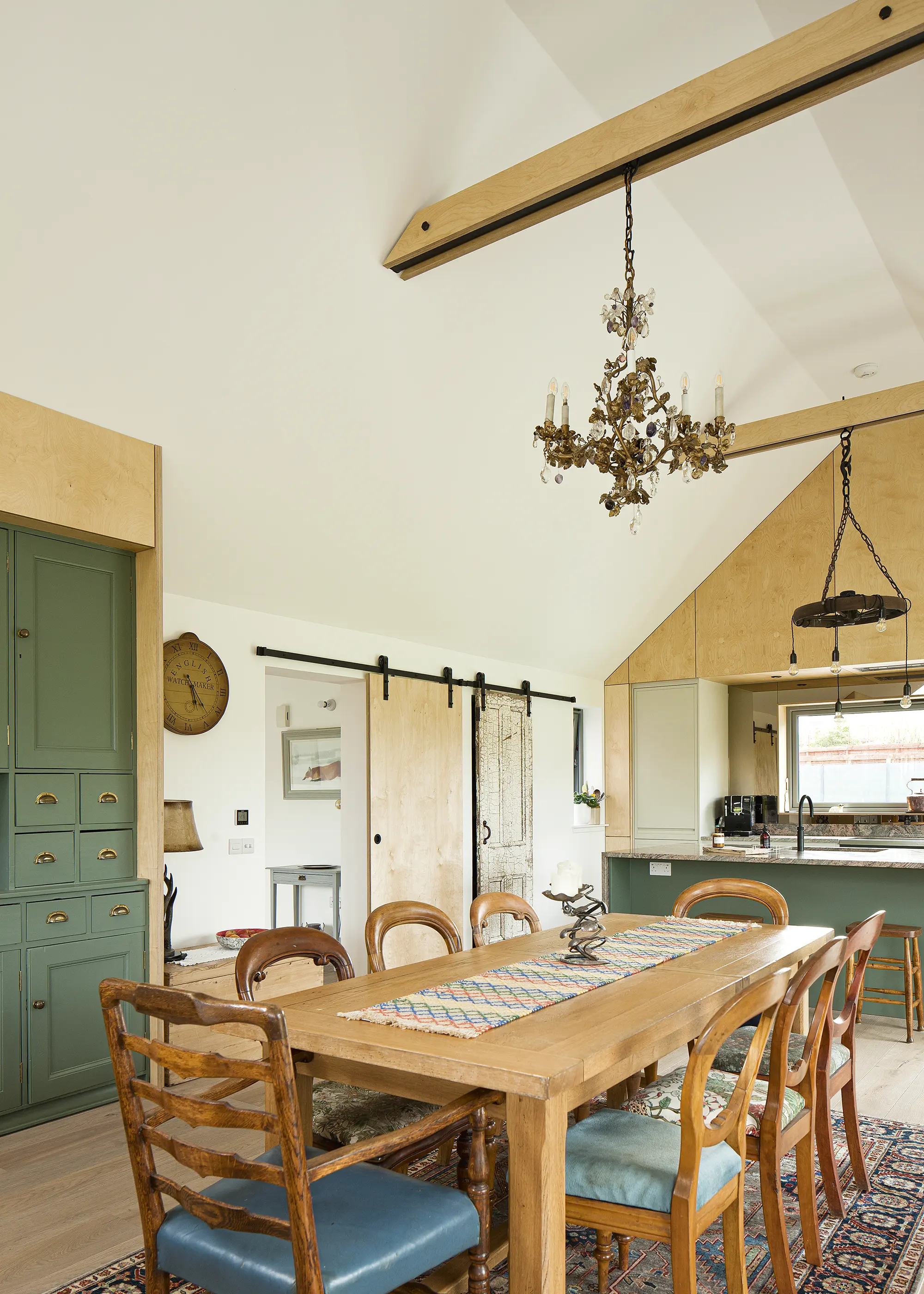
Looking to downsize and build a new home on her own land, Fiona Henderson approached Fiddes Architects to help take her ideas from a concept to a buildable reality. “Following an initial chat with our architect Eoghain, he came out to my house and took the time to find out how I lived in it and how I used it,” says Fiona. This informed the finished result, which is perfectly tailored to her needs. Photo: David Barbour
Agree your preferred method of communication. Some people prefer to use emails, texts and WhatsApp messages, but any crucial discussions should be on the phone, in person or via an online meeting, perhaps followed up by an email confirming what has been discussed.
Emails are very tempting for both parties, but they lack nuance and have been the cause of many unnecessary arguments because their tone or meaning has been misinterpreted. Having meetings online can also be very productive as the architect can put the CAD drawings up on the screen, enlarge views and even make amendments as you discuss any potential issues you see with the architectural plans.
As your discussions develop, try to be open to suggestions where your initial ideas can be modified. Resist the temptation to just say that the early drawings are ‘wrong’ because they don’t suit exactly what you want. It is rare for these first sketches to be spot on and within reason that’s ok, because they should be testing ideas out on you, to make sure they are on right track. If an architect has an idea, the most effective way for them to explain it is to draw it. It may help clear up a genuine misunderstanding, or suggest an alternative approach to the brief, or it may be that it is impossible to reconcile all your ideal requirements of the project.
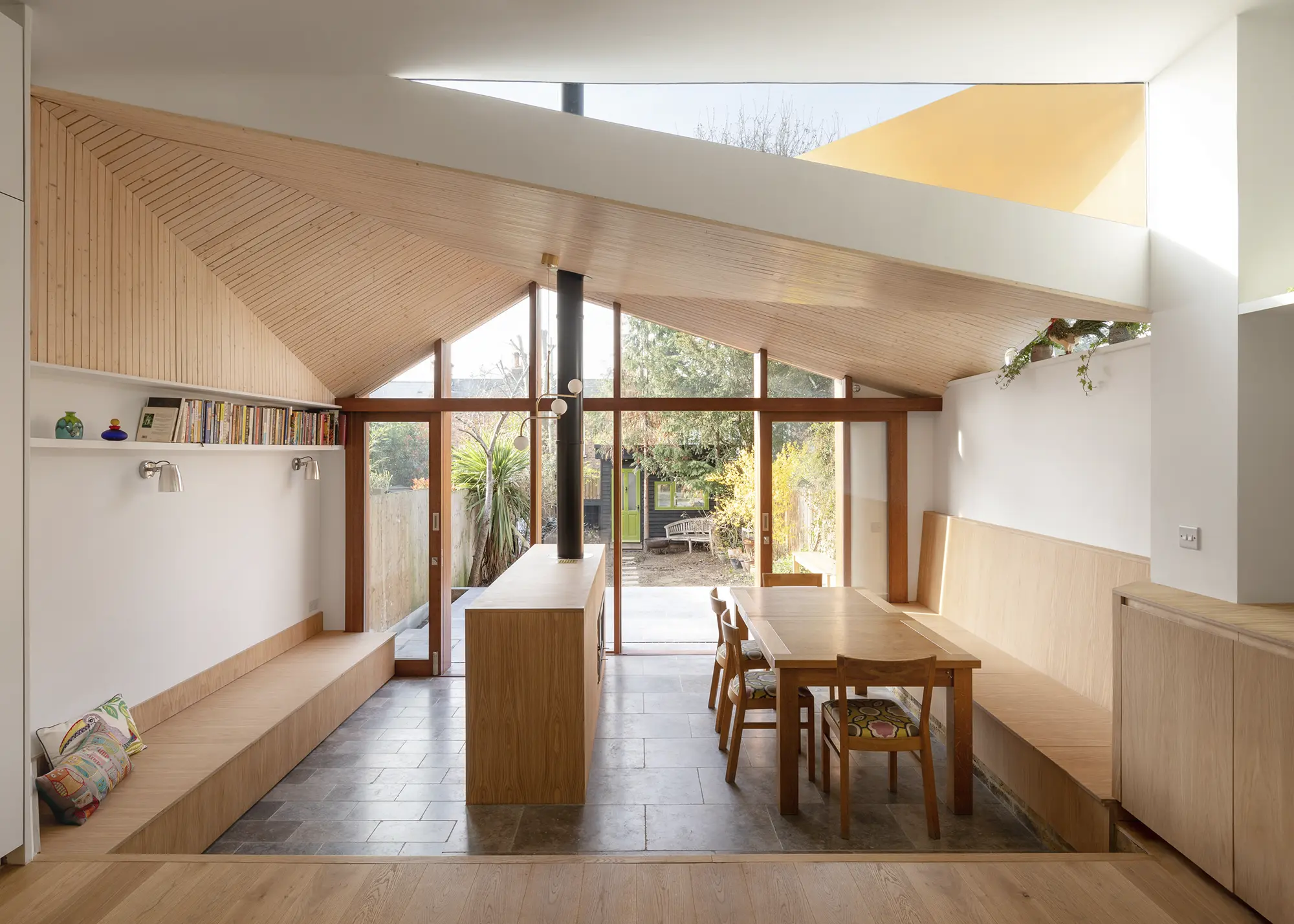
As keen nature lovers, these homeowners wanted to create a space inspired by a beloved tree that sat adjacent to the home’s original kitchen. Turner Architects embraced natural tones, wooden surfaces and organic-feeling materials when developing the plan for this family-friendly extension. Photo: Adam Scott
If you’re not happy with an aspect of the design, be polite but frank about your reservations. Accept that ideas are being tested and rejected as part of the design process. Architects are well used to criticism and will not take offence. As long as they can understand why you don’t like it, the next attempt will be closer to the answer. Just bear in mind that if you make a very late change to an important aspect of the brief, this will be frustrating for the designer.
The decent thing to do is to pay some extra fees to cover the time needed for a significant redesign. Very occasionally the architect might warn you that they don’t believe part of the current design will work. You don’t necessarily have to concede this, as long as you understand the risk you are taking and accept it if it doesn’t pay off later. They work for you and unless there is some kind of extraordinary situation, such as health and safety hazard, they should note your decision and do as you ask. It has to be said that this scenario most often occurs in relation to aesthetic issues and the build cost.
Featured image: iStock Sakorn Sukkasemsakorn
